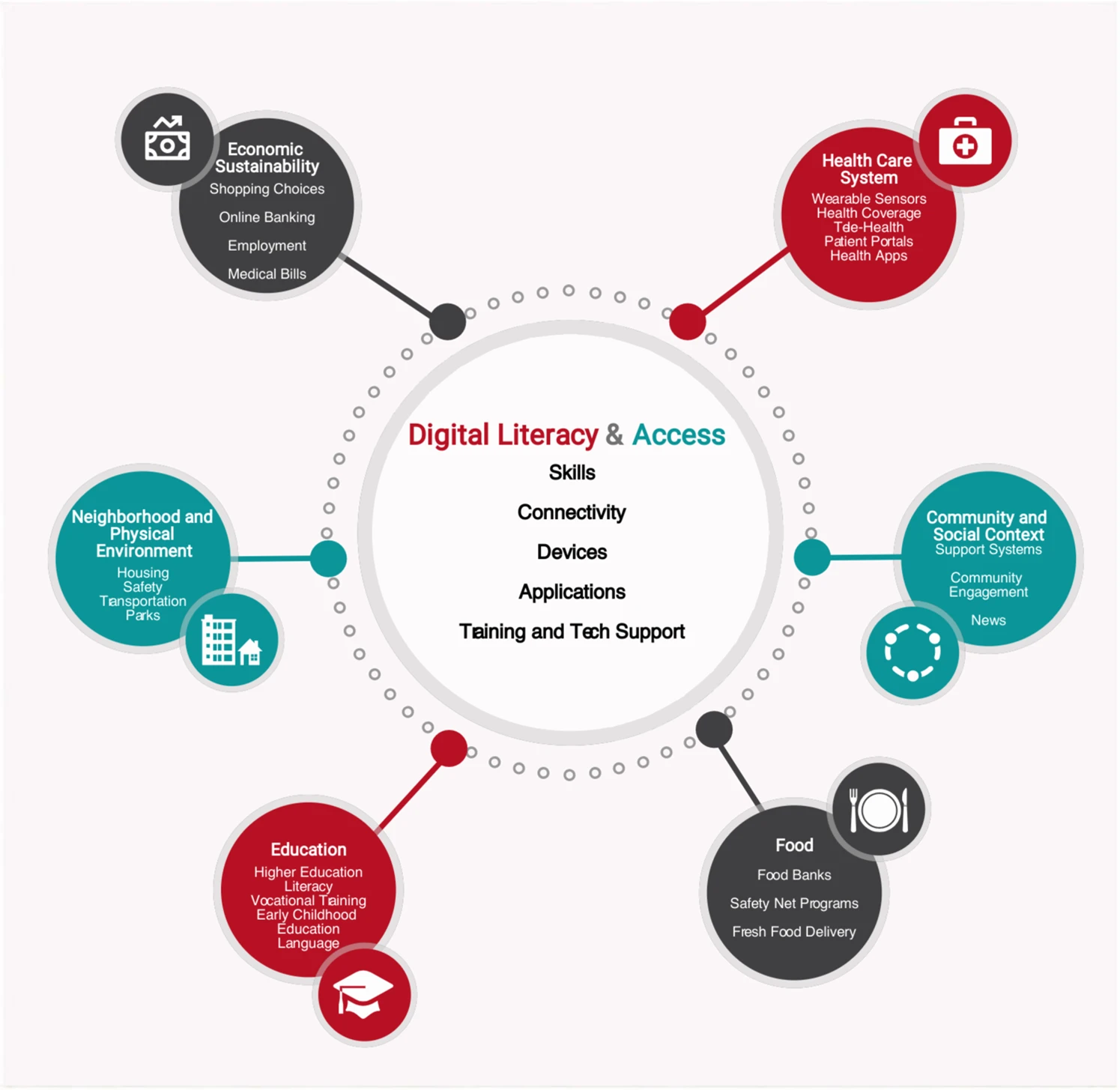Up until almost 3 years ago, and maybe I am ashamed to admit it, but I will admit it nonetheless… because of my privileged existence, I had not really given the thought of equity in Ed Tech a second thought. I had been fortunate enough to teach in a school where technology was readily available for students and I was supported by my administrator in my growth and use of the technology that was in our building. Then the pandemic hit and so did the realization of how inequitable the distribution and access of technology is, even in a city in Saskatchewan. Seemingly overnight, students were to be attending school online, yet not everyone had a device or access to a reliable, stable internet connection. We scrambled to get devices into homes so that students, if they wanted to, could remain connected to the school and take part in learning activities – if they could get online. Strangely, attendance was dismal, as was the quality of work as the school year moved through May and June. Why??
Ummey and Kennedy did a really great job of pointing out how technology has led to a more equitable society. Jeff and Graeme disagreed with the persistence of a ten-year old at risk of losing screen time. Spirited debate, kudos to both groups!

Technology Has Led to a More Equitable Society
It is no longer a secret that technology has revolutionized education. The integration of technology in the classroom has enhanced teaching and learning in unprecedented ways, enabling students to access vast amounts of information, collaborate with peers, and engage in interactive learning experiences. However, despite the benefits of educational technology, there still exists a significant digital divide. This divide has widened the gap in educational opportunities, with low-income students and those from marginalized communities being left behind.
Some points that Ummey and Kennedy made that stuck with me, arguing that technology has, indeed, led to a more equitable society:

- Opportunities to learn through the pandemic would not have been possible without technology
- An ‘accessible to anyone’ (provided they have a device and internet access) platform for social justice via social media
- Freedom of speech – blogging, social networking, but digital citizenship is a bit of an issue
- Assistive Tech – education, communication, prosthetics, wheelchairs… therefore increasing opportunities where they likely did not exist in the past
- Health opportunities – treatment, access, manage own health – telemedicine, education, wearable devices
- Fundraising – easier to donate, far reaching advocacy
- Tech enables great cultural exchange
Lastly, “Access to technology causes the divide, not technology itself,” was a great point to pull me in favour of this argument. If we look at the statement that was being debated, and take it at face value, word for word, this, right here is super accurate.
Ndumbe-Eyoha and Mazzuccob (2016) stated that social media can be a powerful tool for knowledge translation, relationship building, and collaboration, and can help reach and engage diverse audiences. This suggests that technology, specifically social media, has the potential to connect people across different socioeconomic backgrounds.
The Digital Divide? More Like the Digital Grand Canyon
Jeff and Graeme, thanks to a strong wardrobe department, brought it, in arguing against the effects of tech on society.

- Digital divide – digitized, globalized our world, but did not create equity of technology
- Tech boom creates money for some
- Economic disparity and internet to blame – literacy and income levels are associated
- Those who could not afford were left behind, including the middle class
- Low income = slow download speeds, high prices = accessibility issues
- Assuming that all students/families have access to tech – pandemic highlighted the digital divide, and perhaps even drove the two sides further apart
- in schools, funding is diverted to basic needs rather than quality tech.
- Hardware and infrastructure (and their price), two things essential to incorporate technology into life, are the biggest hurdle to clear
- Internet speeds are low and costs are higher in Canada than other G7 countries, and it varies within the country
- Marginalized groups at the highest disadvantage against tech when compared with other groups
The article, Bridging the Technological Divide in Education: Technology’s Impact on Income Inequality, raised two strong points supporting Graeme and Jeff’s defense:
- While technology has brought about some improvements and advancements, it has also led to new forms of inequality and marginalization, as seen in the examples provided in the three parts. Therefore, it cannot be said that technology has overall led to a more equitable society.
- The benefits of technology are not evenly distributed, and those who are already in positions of power and privilege are often the ones who benefit the most. This further exacerbates existing inequalities, rather than creating a more equitable society.
Let That Sit For a Bit
For all of the good that technology has done for society, as highlighted by Ummey and Kennedy, will the gap between access and need ever be closed? Graeme and Jeff identified many reasons why technology has widened the gap between segments of society. This debate of equity coming from technology, while I began the evening believing one thing, really pulled me in both directions. Both groups did a great job of pushing me cognitively, and in the end I disagreed with the statement. It is hard to create equity while driving a wedge. What will it take to truly get to an equitable society?
